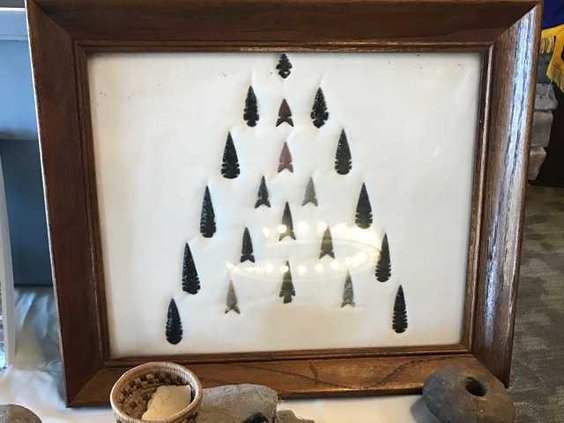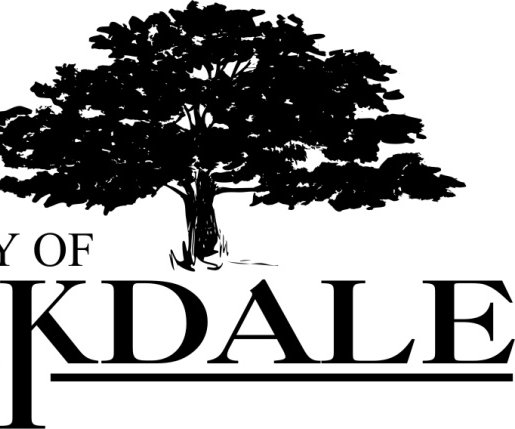Don Moyer has been researching Indian lore in and around Ripon and Manteca for some 50 years.
On Wednesday, he shared has collection of countless artifacts with members of his Ripon Rotary Club during their meeting at the Spring Creek Country Club.
His focus has been in the areas of Little John Creek north and east of Manteca crossing alongside Highway 99 to the river banks of Ripon’s Stouffer Park adjacent to the Stanislaus River and the 300-acre Bronelli Woods Site. Moyer told of the burial grounds along the river banks that have been mostly untouched except for a brief University of the Pacific study. He added that the asphalt parking lot at the park protects a number of graves located there as the Indians were known to live along the river banks.
Moyer began his research into native Indian history when he was only 13. He focused early-on at the Little John Creek site where many of his arrow head collections were found in the creek bed – often using his bare feet to locate them in the mud.
Moyer said many burial sites were uncovered when a rancher years ago was tearing down an old barn and excavating the acreage in who called him to take a look. Most of the graves were found underneath where the barn had stood, adding that they were later respectfully covered back up.
One photo of an open grave showed a prehistoric skeleton laying on its back in a stretched-out position taken in November of 1979. He noted that men were buried in that way and women were placed in a curled-up dimension making it easy to determine the gender of the deceased in addition to noting a woman’s pelvis is usually broader. Most of his digs occurred between 1967 and 1979.
He passed cooking stones around the room for Rotarians to inspect – finding small finger prints atop one of the stones. Moyer explained that the early Indians would take a handful of clay and squeeze it in their palms, shaping it like a baking potato. They then placed it in a fire causing it to harden like a rock. Fingerprints in the clay would remain for eternity.
A three-inch diameter basket weaved many years ago caught the eyes of his audience for its delicate design questioning how anyone could create something so small. It was the product of Dot So La Lee who died in 1925 and according to Moyer who was “the most credible basket maker who ever lived.” She worked at both an early Carson City trading post and at Lake Tahoe, he recalled.
Awls made from animal bones and human bones as well were used to puncture openings in leather in the making of coats and other garments for everyday use by members of the tribes.
Moyer displayed fishing weights that were also made from fired clay that were used to hold fishing nets in a vertical position to catch fish swimming in the river.
Establishing the dates of items that he has discovered and were created years ago comes from tree ring dating and magnetic dating using iron filings found in the clay, he said.
To contact Glenn Kahl, email gkahl@mantecabulletin.com.
Ripon resident collects Indian artifacts





